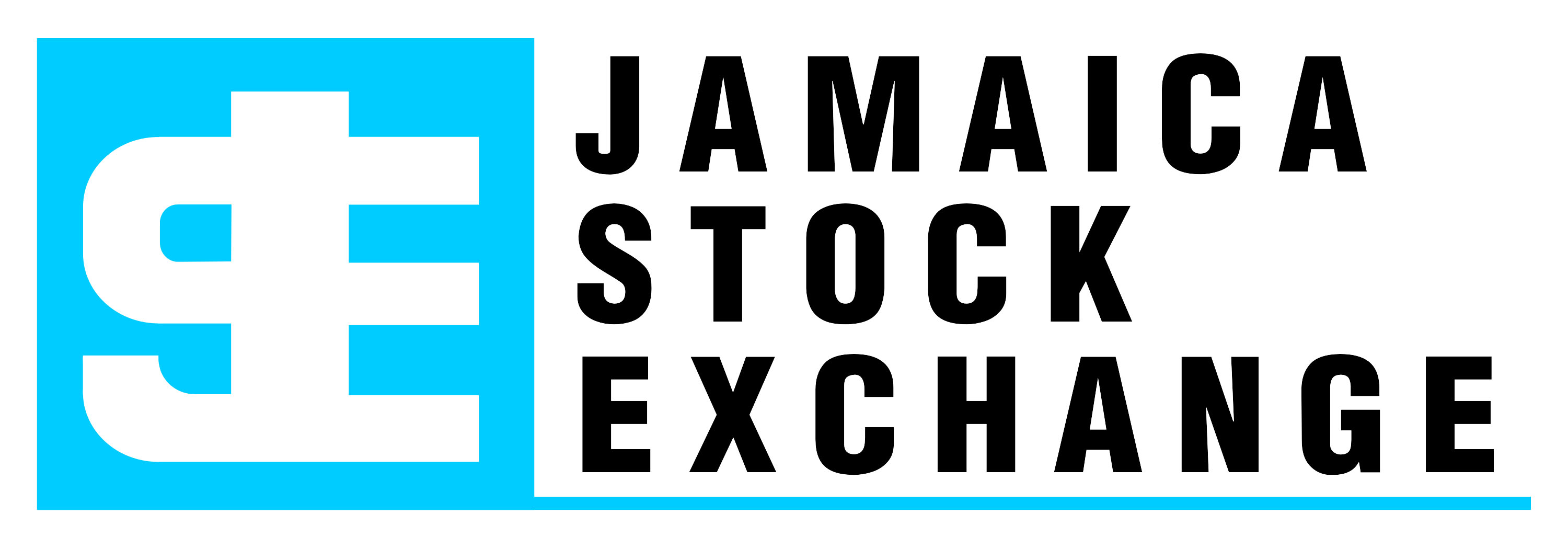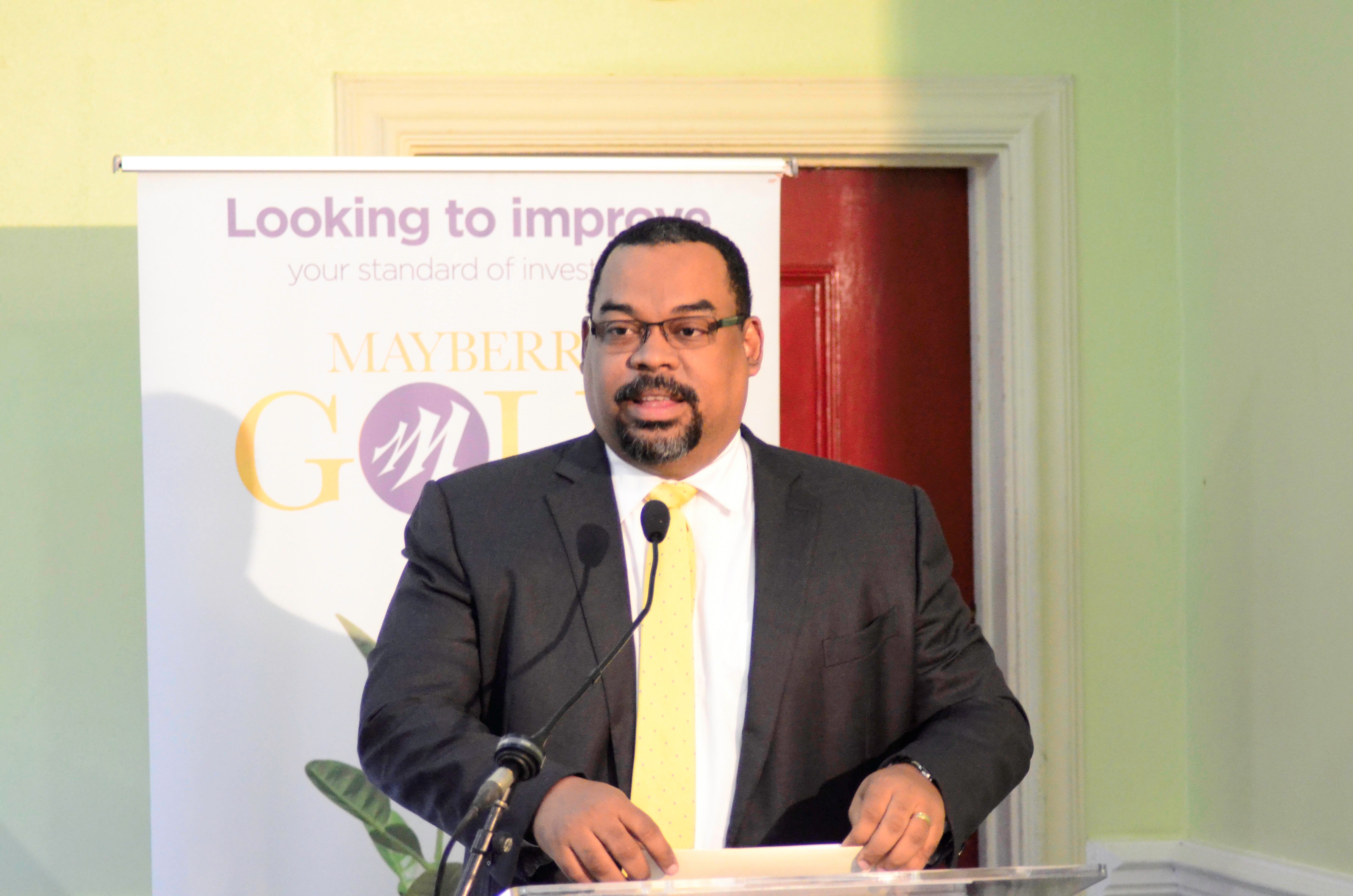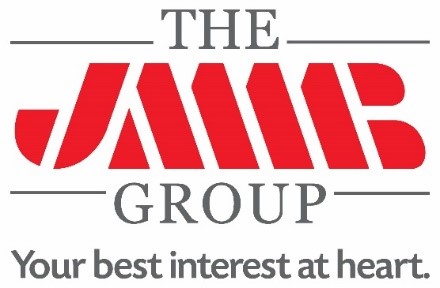How Brands Are Successfully Approaching Consumers Now
by Jay Greene
Though the economy is now hinting at improved conditions ahead, consensus remains that the recession’s effects on consumer spending habits will endure beyond the recovery. Much like the Great Depression changed the spending habits of a generation, the current recession has left consumers reaching past the lure of luxury in search of value-driven purchases. While this has been a boon to mass and value-priced retailers such as Target and Amazon, it has left many premium brands swooning.
To compete in this new environment, many marketers are finding themselves at square one, revisiting the basic tenets of connecting with consumers. Along with the economic shift, we have also seen a shift in the media landscape and audience media-consumption habits. So the fundamentals of how marketers approach and engage consumers must change as well. Here are a few marketing axioms and a look at how various brands are successfully approaching consumers in the new economic environment.
1. Connect on a personal level
Create opportunities to connect with consumers on a personal level. Find out what they think, what they dream and what they want. This affords you insight into their perspectives, motivations and needs. In turn, you can leverage this knowledge to benefit your brand as you provide real answers to the needs of your consumers.
Asus and Intel did this with the development of WePC.com. The two partnered with FM Publishing to create a site where users can share their ideas for computer features and uses, thereby giving the technology producers acute insights into consumer motivations. The crowdsourcing experiment has a yield of over 2,138 ideas submitted, 13,566 votes received and 3,944 “dream PCs” described.
This past year, the marketers at Lufthansa Airlines devised a method of connecting travelers with friends and family via MySkyStatus.com. Lufthansa established the site as a social utility to keep travelers connected with their social networks while flying. I had the pleasure of working on this campaign while at Profero NY (Lufthansa’s digital agency) and found that in the course of keeping users connected with each other, the airline successfully kept them connected with their brand.
This year, American Express put a social spin on crowdsourcing with its “Members Project” campaign. Leveraging social-media tools, American Express allocated a portion of its philanthropic spending and energy toward the causes advocated by voters at its site. Not only has the campaign been effective in generating a great deal of media exposure for the brand, but it also provides the team at American Express extensive insight into the values and motivations of its target consumers. This is precisely the type of intelligence brands need to facilitate connections with consumers.
2. Wear your heart on your sleeve
Develop a set of core values and create opportunities to communicate those values to your consumer audience. The more honest and revealing you are in communicating these values, the greater your brand’s potential to live in the heart of consumers as more than just a name.
As a corollary, join a cause that aligns your brand with a social initiative that reflects its core values. Social-cause marketing is an effective means of communicating that your organization shares a common set of values with your target consumer. Also, create opportunities for your consumers to get involved alongside your brand (either through sponsored events or purchase options that support your given cause financially through a portion of the proceeds).
Yoplait employs this strategy with its “Save to Save Lives,” where it donates $.10 in support of breast cancer research for every lid sent in by consumers (up to $1.5 million) with a guaranteed minimum of $500,000. The project successfully affiliates the brand with an issue that is of great importance to its largely female consumer base.
This year, Puma (in partnership with Fuse Project) is exhibiting this principle with the brand’s “Clever Little Bag” project. In attempt to reduce waste for the sake of sustainability, Puma has re-thought the consumer-packaging experience and reinvented the shoe box into something more eco-friendly. This initiative reaches beyond immediate commercial goals to satisfy larger social initiatives. Clever Little Bag is part of Puma’s corporate sustainability program that intends to cut its water, energy and diesel consumption by more than 60%.
When your brand stands for social progress, consumers will stand with your brand.
3. Constantly innovate
Innovation is the hallmark of a premium brand. Constant development and improvement distinguishes market leaders from their competitors. The economic performance of brands such as Apple, which has maintained a sales growth rate of 89% over the last three years, demonstrates that consumers recognize this commitment to excellence.
This year, Apple continued its legacy of innovation with the introduction of the iPad. At product launch, Gap was among the first set of marketers to establish a presence on the new device with its “1969 Stream” app. Gap partnered with AKQA to create a multimedia experience full of robust content intended to showcase all that the new platform has to offer. As an early adopter, Gap gained a competitive advantage as one of the few marketers with a presence on the iPad at launch.
This year, Domino’s Pizza communicated a sincere commitment to constant improvement with its “Pizza Turnaround” campaign, created by Crispin Porter & Bogusky. The campaign employed a viral documentary in tandem with a microsite and guerrilla-marketing tactics, all highlighting the company’s proactive response to long-standing criticism. It improved its organization. Its improved its product. And it improved dramatically. So far, the campaign seems to have resonated with consumers, as Domino’s celebrated $1 billion in online sales in February, just over a month after the campaign’s launch.
4. Remember the love
Probably the most important of steps, remember — or discover — what you love about your product. Remember what your consumers love about your product. And most importantly, remember what you love about your consumers.
ESPN employed this axiom when it teamed up with Wieden & Kennedy to produce the “One Game Changes Everything” campaign in support of the sports network’s FIFA World Cup coverage. The campaign led with a spot featuring a voice-over by U2’s Bono emphasizing the power of sport to unite men in the face of opposing politics, religion or other issues that divide humanity.
Another example of this principle at work is how BMW introduced its new “Efficient Dynamics” engineering, which the company touts as the linchpin for new innovations in its 2010 line. Instead of getting lost in science and tech speak, BMW simply states that “Joy is Future-proof,” reminding us that, beneath it all, it is the same car consumers have relied on for the ultimate driving experience for over 80 years.
Originally published at http://adage.com/cmostrategy/article?article_id=143966#author
| ABOUT THE AUTHOR |
|
Jay Greene is currently the exec creative director at Medina [Brand] Media. Before founding Medina, Jay spent the majority of his 10 years in media with the Publicis group of agencies producing interactive media campaigns for clients such as JCPenney, General Mills and Citibank.
|

 Businessuite News24 International2 years ago
Businessuite News24 International2 years ago
 Feedback & What You Think2 years ago
Feedback & What You Think2 years ago
 Marketing & Advertising2 years ago
Marketing & Advertising2 years ago
 Businessuite Women1 year ago
Businessuite Women1 year ago
 Businessuite 50 Power and Influence1 year ago
Businessuite 50 Power and Influence1 year ago
 Leadership Conversations1 year ago
Leadership Conversations1 year ago
 Businessuite Markets2 years ago
Businessuite Markets2 years ago
 RANKING2 years ago
RANKING2 years ago








